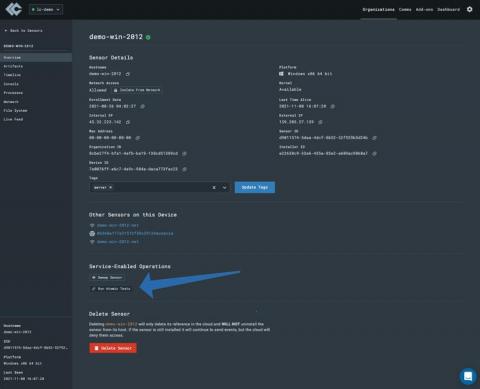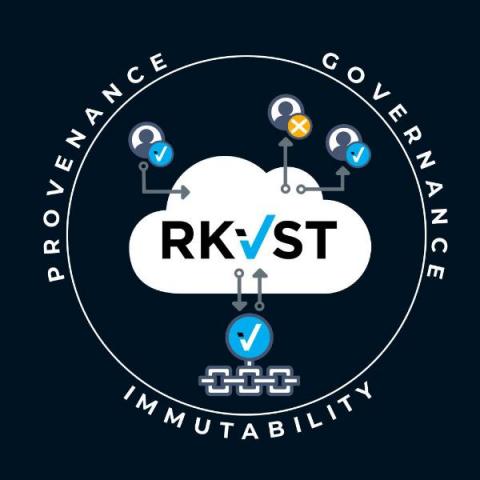Calico WireGuard support with Azure CNI
Last June, Tigera announced a first for Kubernetes: supporting open-source WireGuard for encrypting data in transit within your cluster. We never like to sit still, so we have been working hard on some exciting new features for this technology, the first of which is support for WireGuard on AKS using the Azure CNI. First a short recap about what WireGuard is, and how we use it in Calico.











